You are here
Case Study 2

Case Study 2
Revival of Dayarani Lake through participatory spring-shed management
HIMMOTTHAN

OVERVIEW
A beautiful lake (Dayarani), a perennial water body, located in the van panchayat area of Uparara village, Gangolihat developmental block of Pithoragarh district in Uttarakhand was the source to meet the domestic and agricultural water needs of 807 people living in Uprada and Jajoli gram panchayats. Surrounded by deodar, and-oak, and rhododendron trees, the lake also helped in sustaining local biodiversity. Due to climate change and anthropogenic pressure, in 2015, the underground water began to deplete and also the lake's water began to recede.
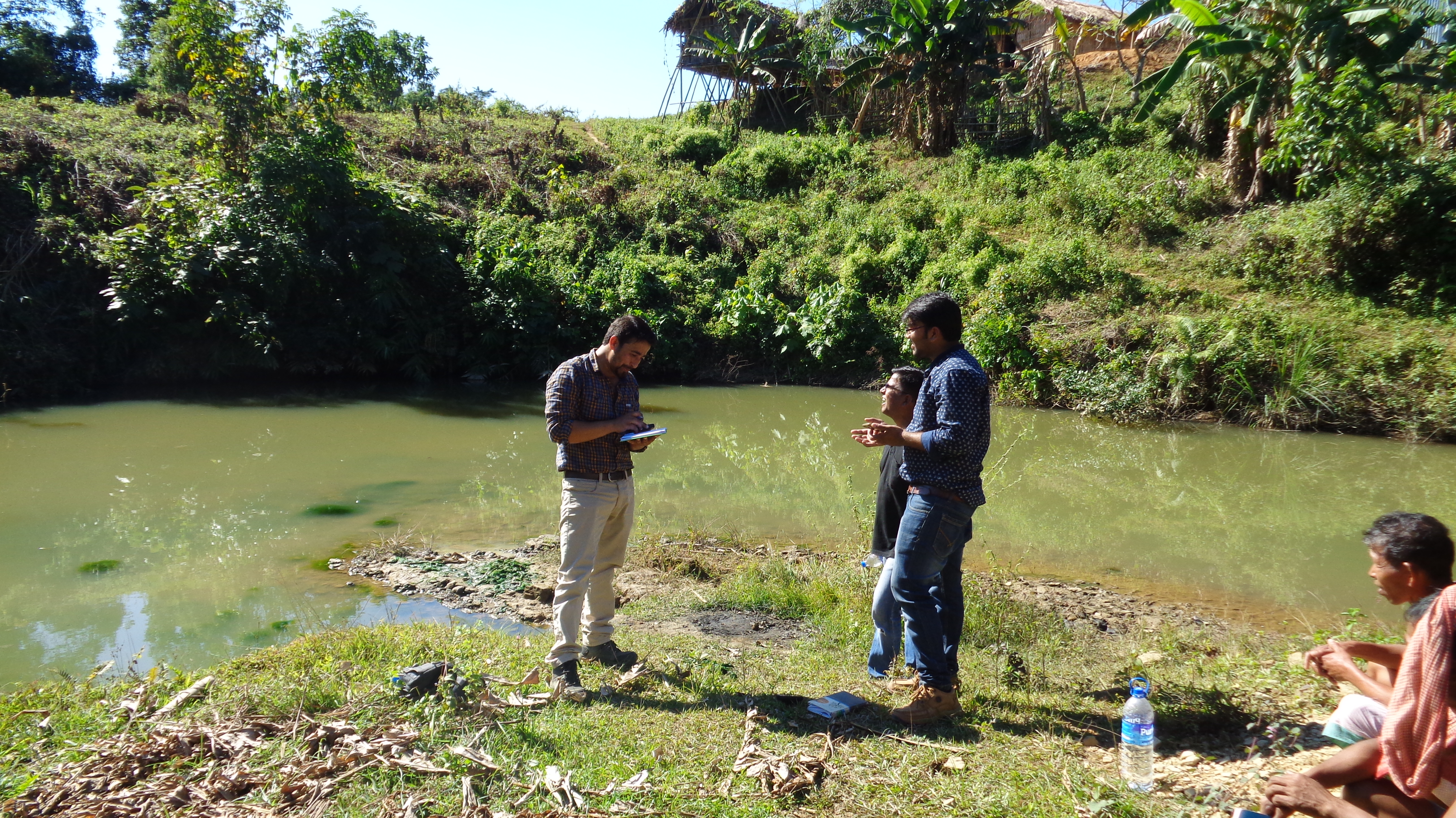
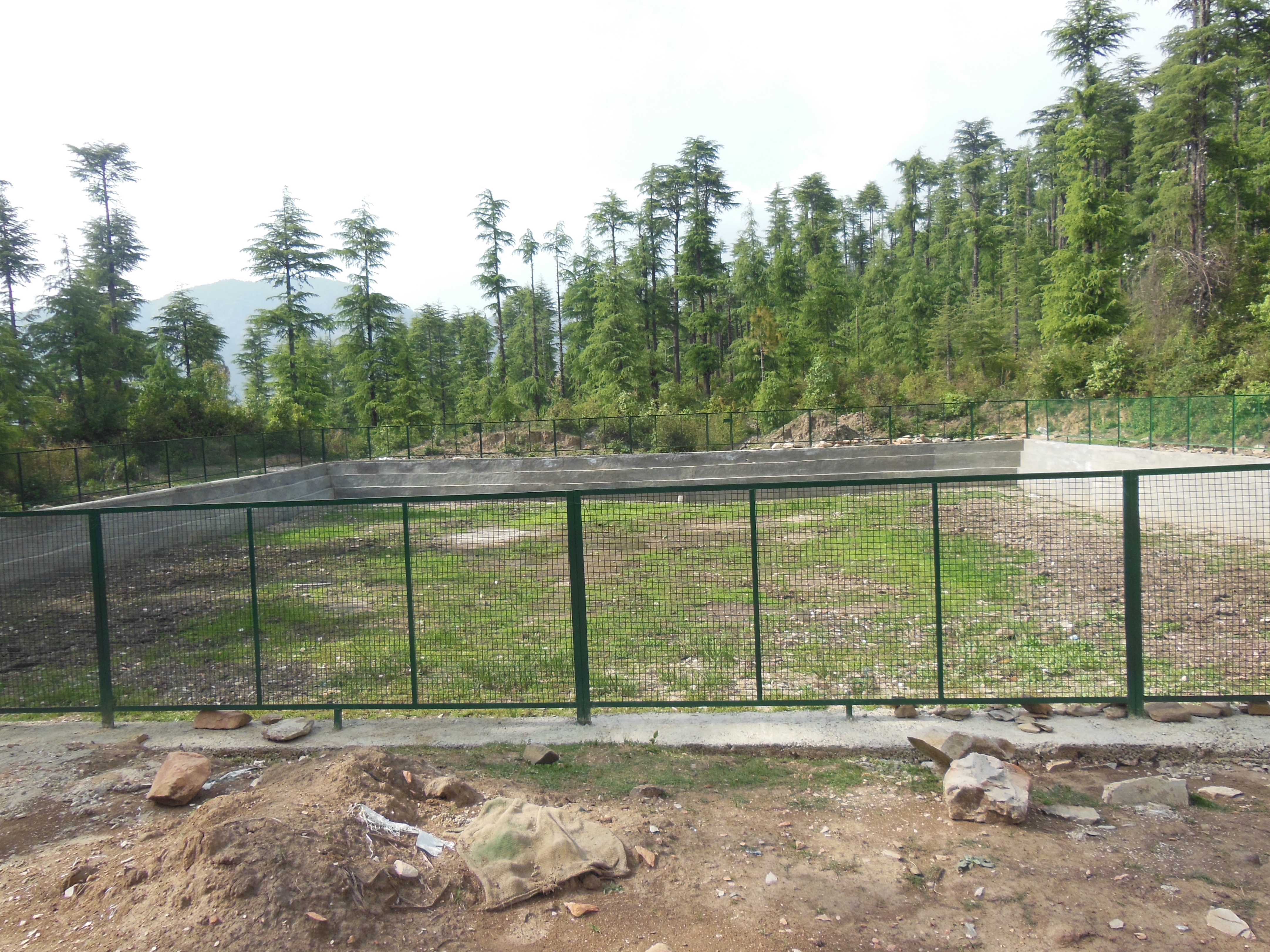
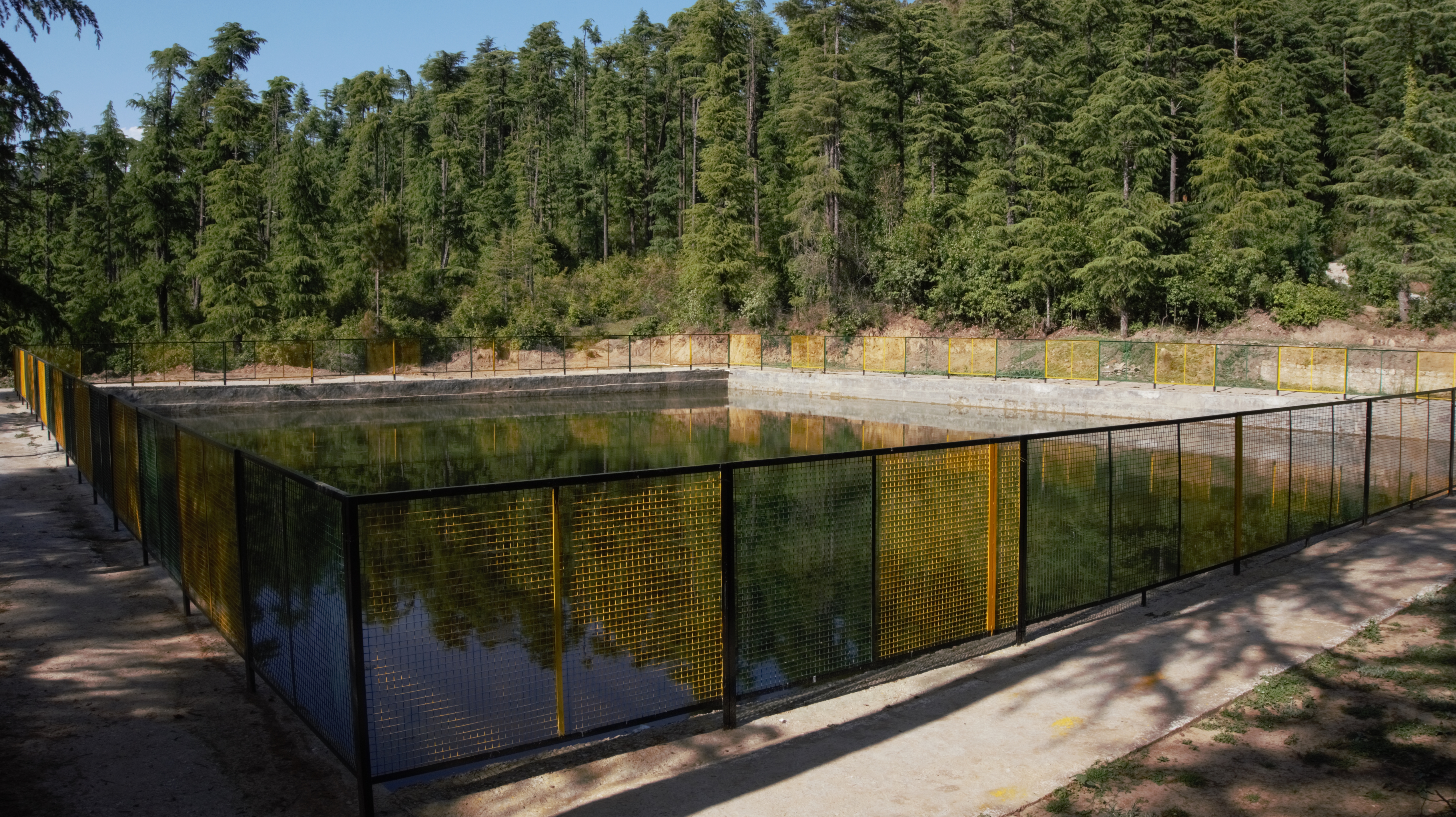
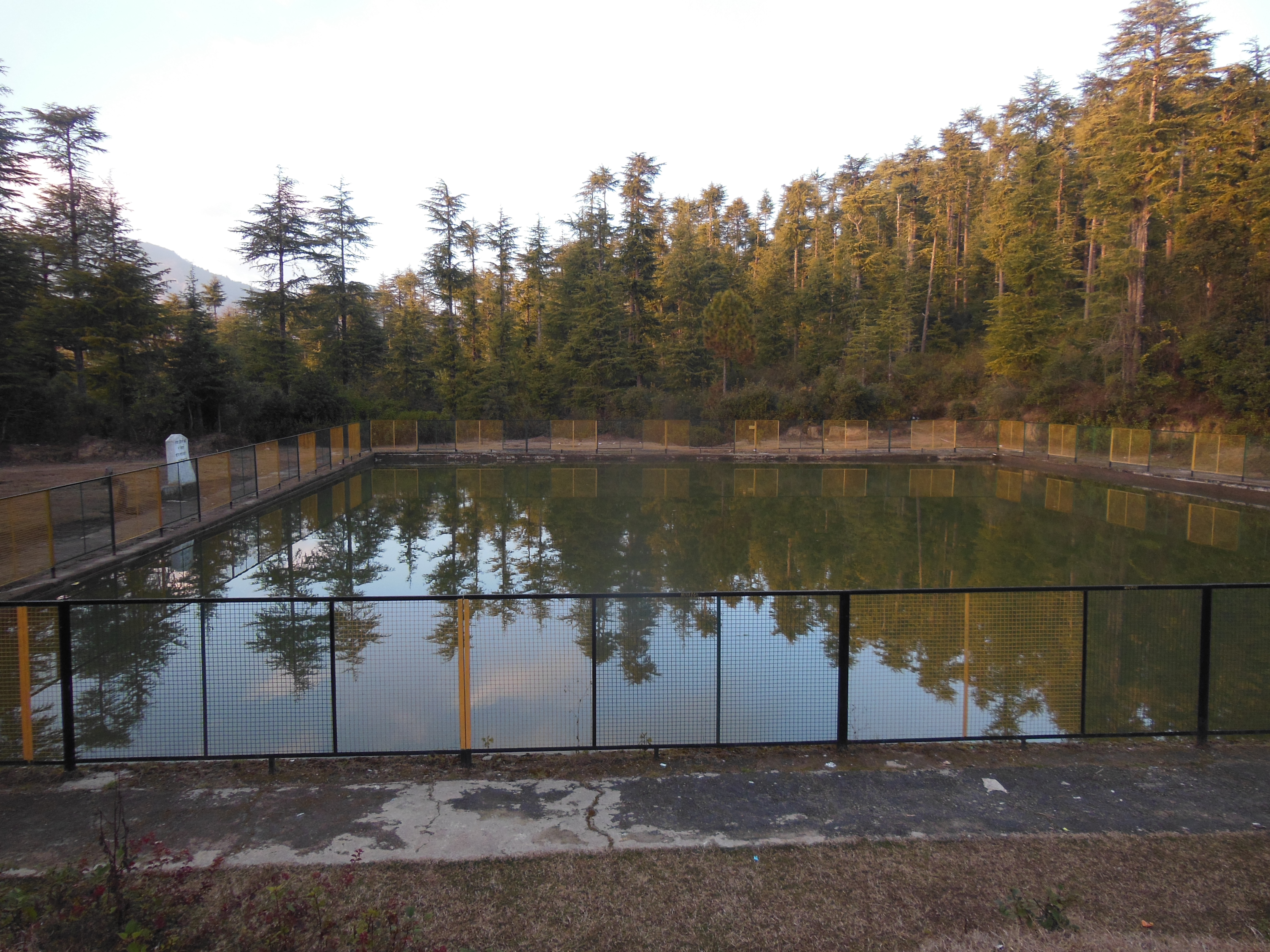
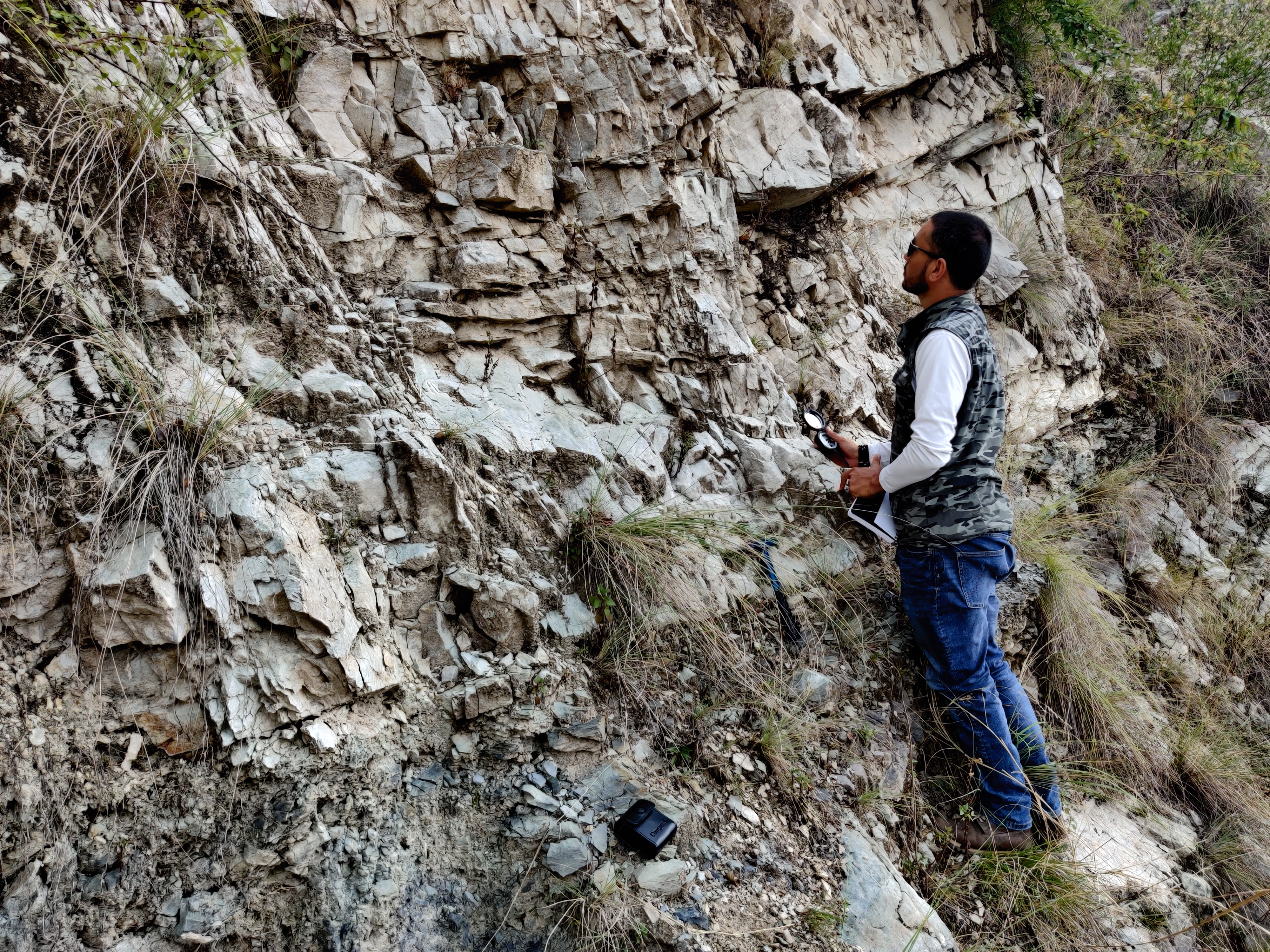
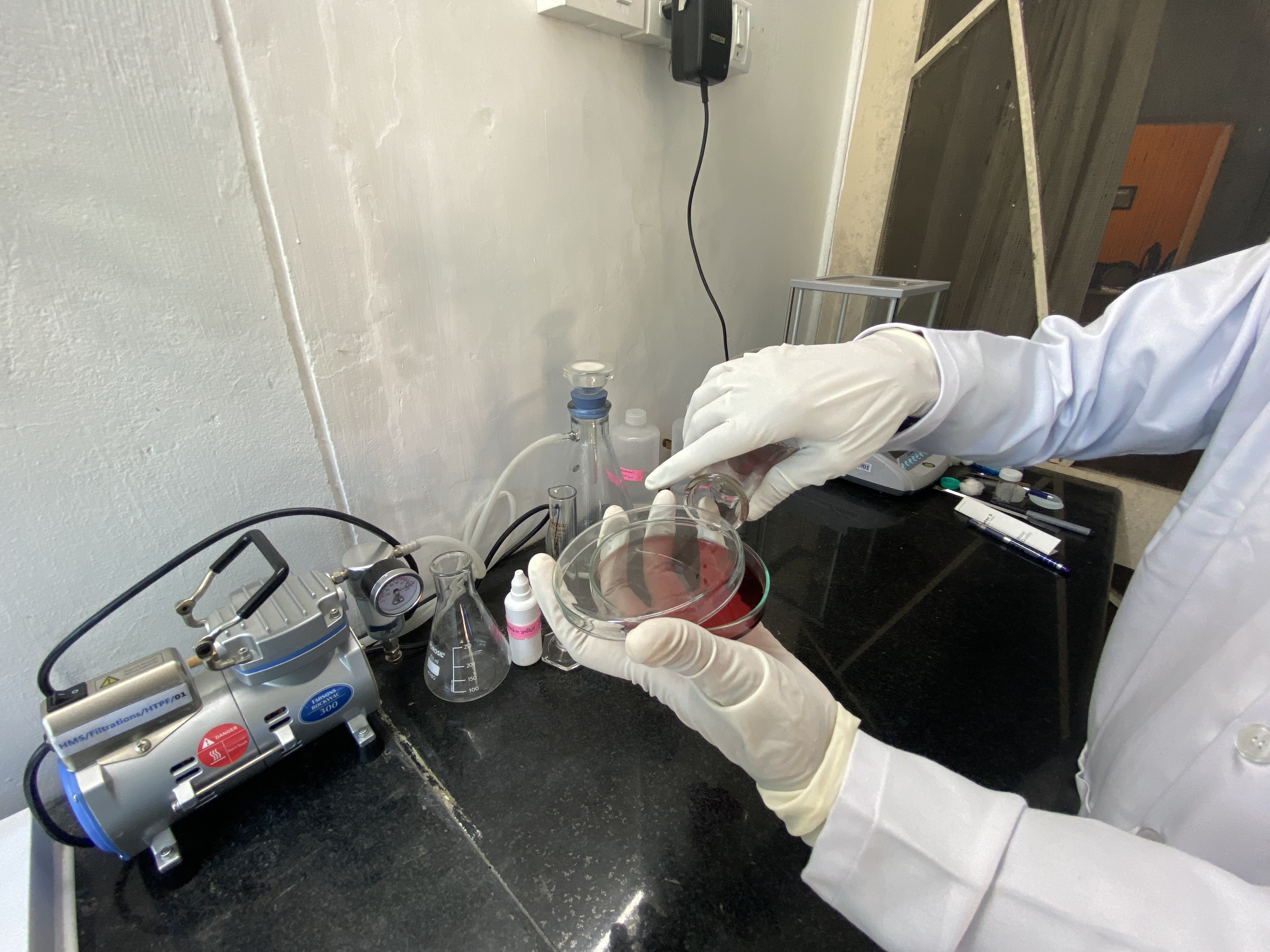
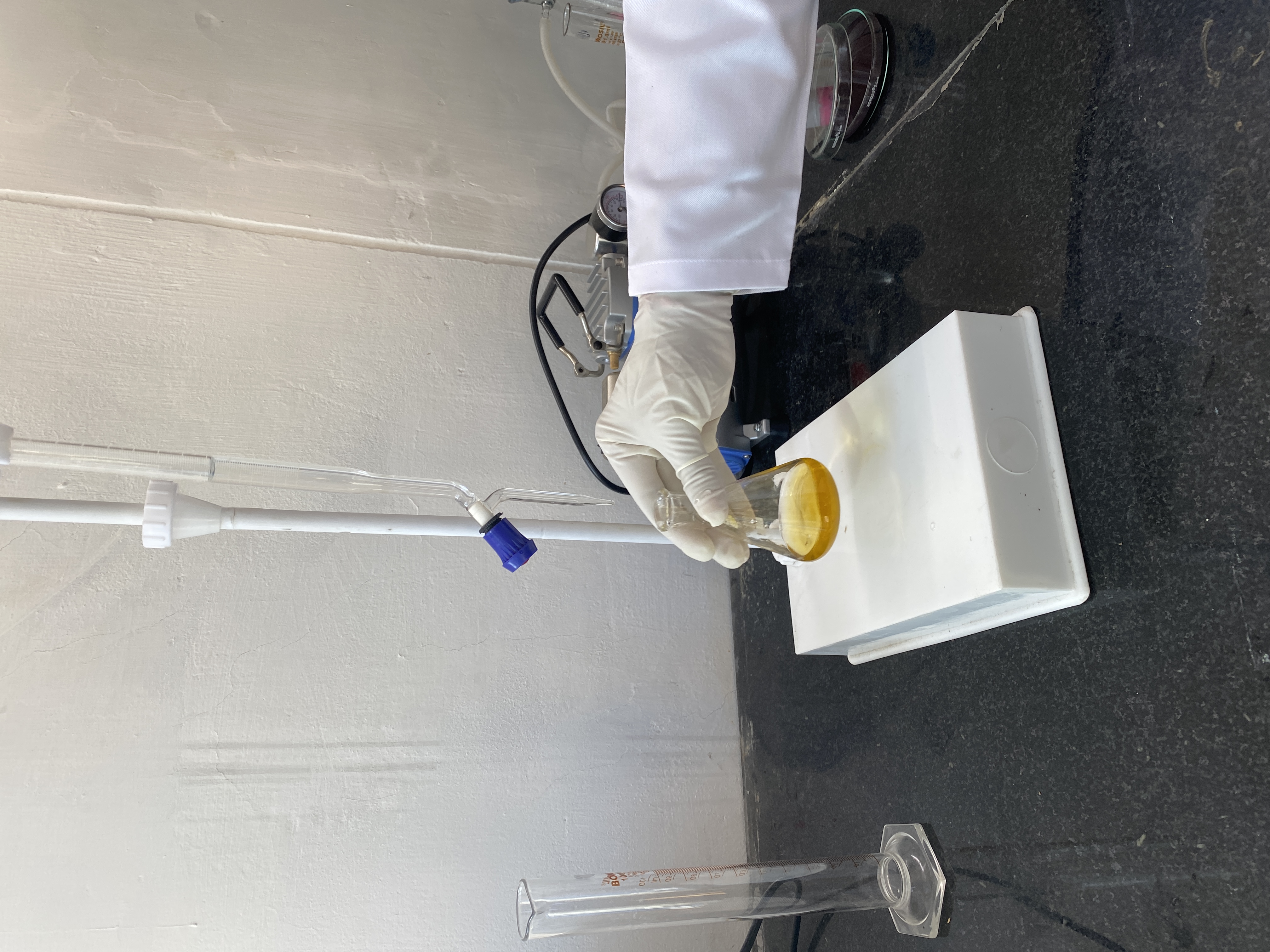
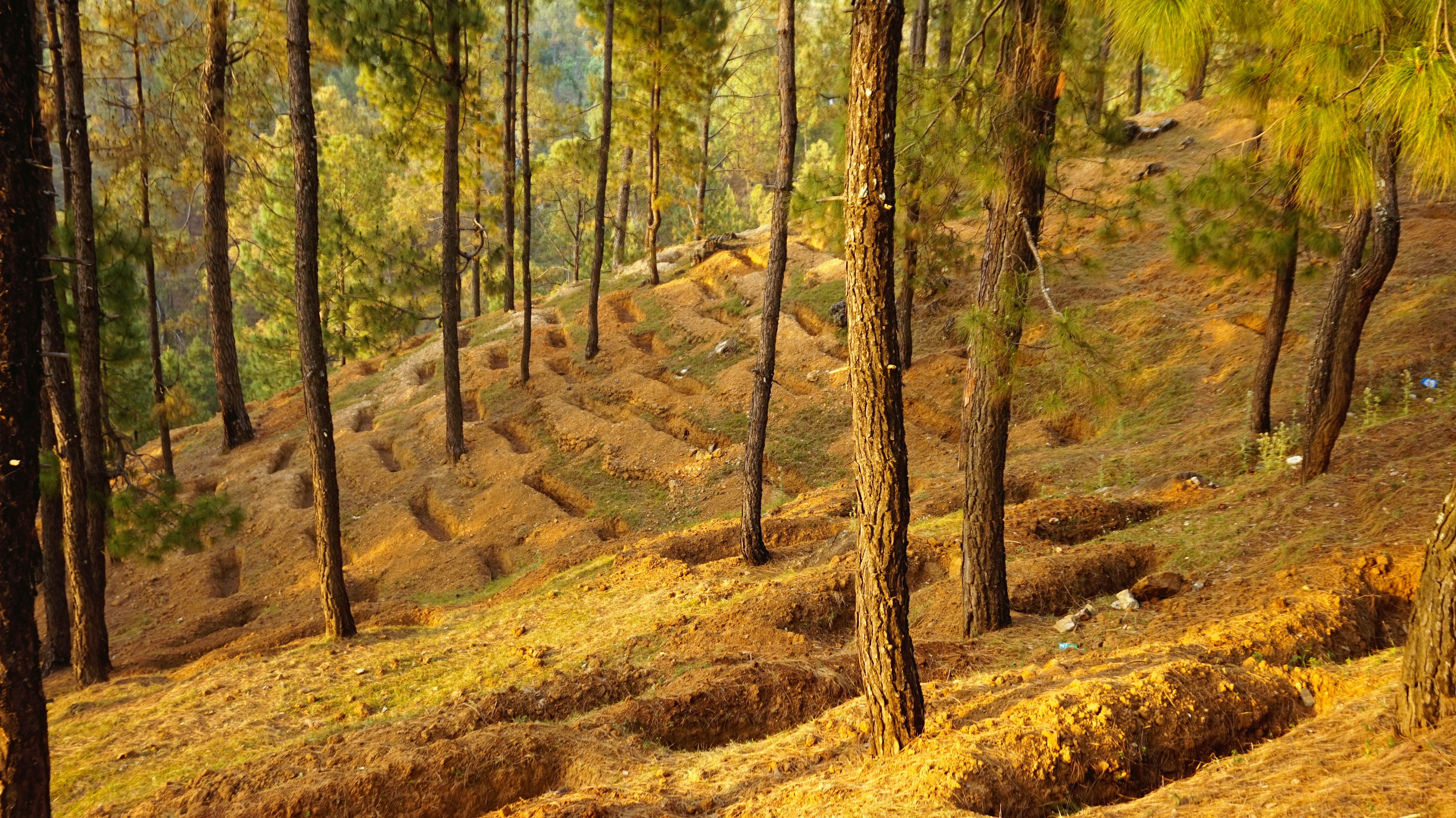
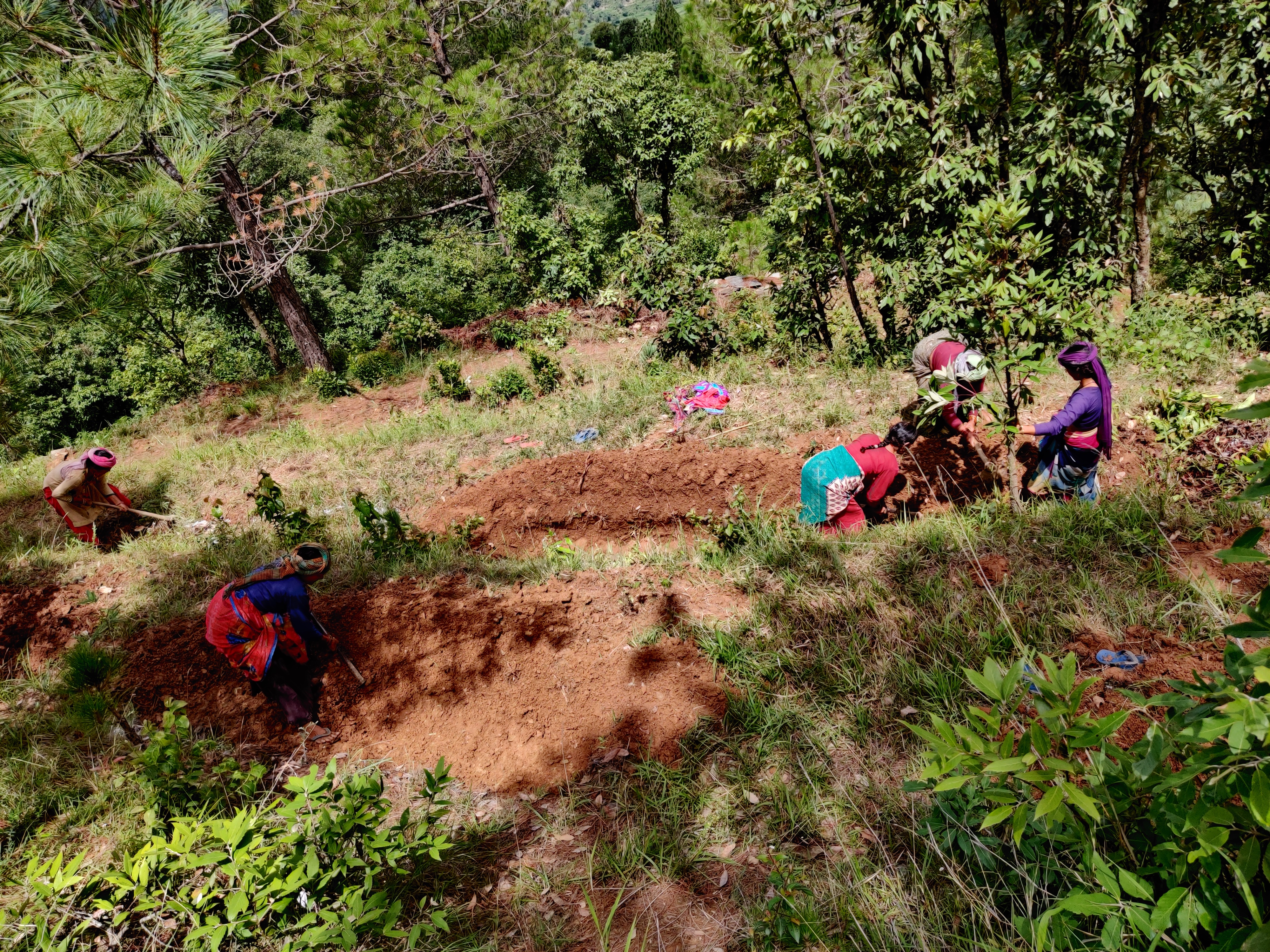
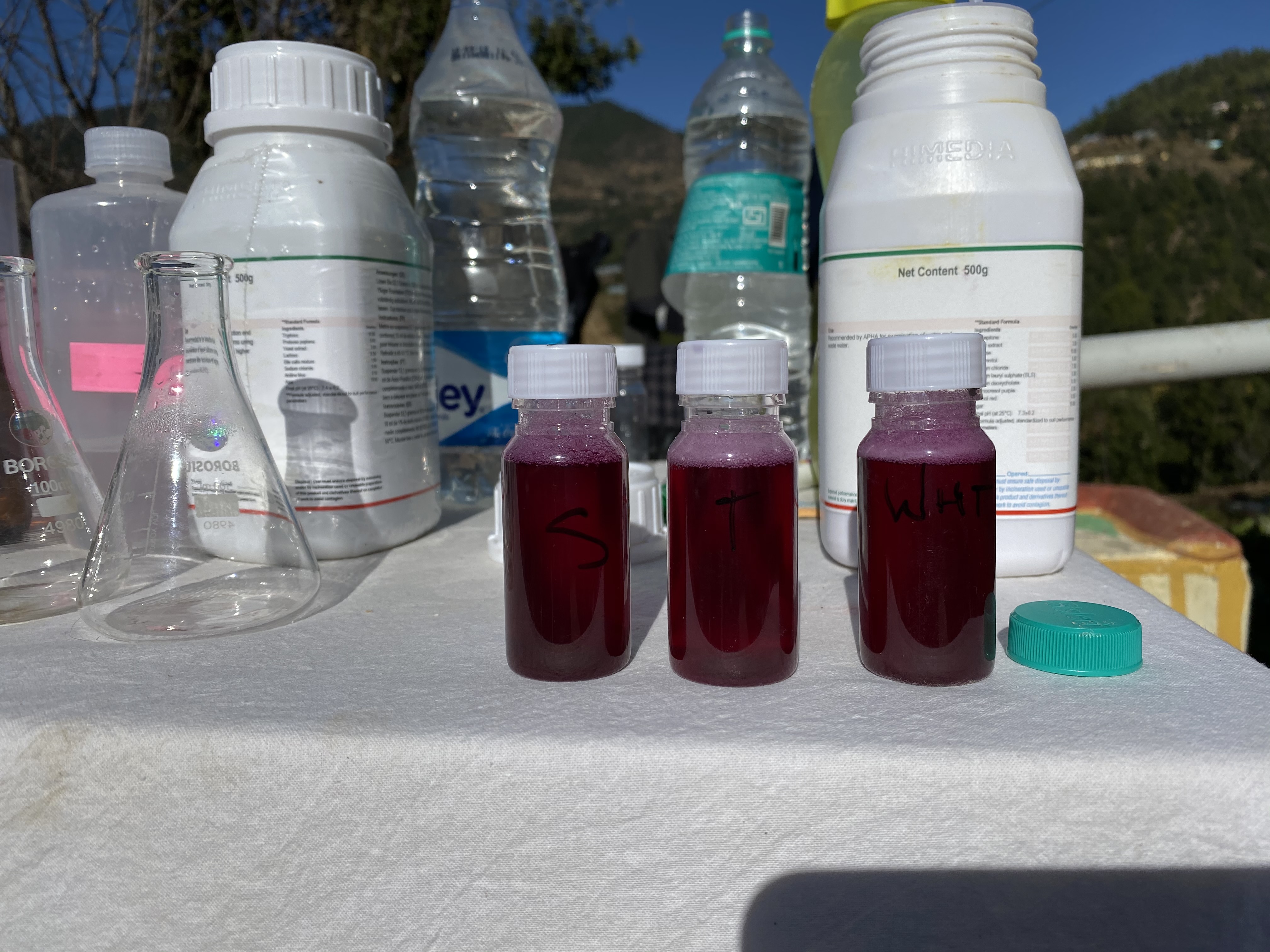
Interventions
Mr Bablu Verma, head of Uprada Gram Panchayat, proposed the revival of Dayrani lake under MNREGA and to support Bablu Verma and many others like him, living in neighbouring villages and struggling with water shortage every day, The Himmotthan Society came forward to provide the necessary assistance for the lake's restoration. With Himmotthan’s geotechnical expertise, a hydrological survey of the area was conducted. A Detailed Technological Report (DTR) was prepared and submitted to district administration. The work gain the momentum after the approval of DTR. Involvement of villagers was kept at high priority to make it a community driven intervention and a User Water and Sanitation Sub-Committee (UWSSC) was formed to conduct and monitor all the proposed activities and maintain the post-work activities such as discharge measurement, regular meetings, desiltation of trenches etc.Dominance of dense forest and moderately high intensity slope at the uphill area of lake posed a major challenge to revive the lake as well as the nearby spring. Himmotthan, Uparara Van Panchayat and UWSSC worked to remediate six hectares of land for the springshed. The project started in 2017 and was completed within a year.The catchment area was treated with a systematic, hydrogeological method. To reduce runoff and increase the infiltration, artificial recharge techniques were used. Staggered contoured trenches (SCT), and percolation ponds/recharge pits were constructed. A drainage system was put in place constructing diversion nalas, ditches and grassed waterways to intercept surface runoff from the forest slope and channel it to the lake. 1100 numbers SCTs were built in the 6-hectare forest area. The total volume of recharge structures was 1200 cubic meters to store up to 1 million litres of water in one filing.
Conclusion
- Significant increase in the discharge in the springs (Naula) located in the downstream villages
- The lean season (April –June) discharge was increased to 6 lpm from 1.5 lpm
- Females of the villages were most benefitted
- The spring recharge areas are now free of open defecation
- Improved water quality and community hygiene habits
- As a result of this project, a spring management consortium (SMC) with Uttarakhand Forest Department is established to back similar interventions across the state
- More than 150 springs are revived by the spring management consortium (SMC) in reserve forest till date.
- Approximately 500 springs have been treated through Paani samitis across the hilly area of Uttarakhand
It is a successful model that shows the efforts of various stakeholders on converging and leveraging physical and financial support from line departments for the successful implementation of lake revival works. Himmotthan has expanded its springshed management programme in different parts of Uttarakhand, Ladakh and Himachal
“Earlier, much of our work at home used to remain unfinished because we had to spend hours every day fetching water, now it takes just 10-15 minutes.” we are spending more time in agricultural and social activities.”
- Mrs Verma (villager)
“Our health has improved and our children are studying better” the spring discharge has improved in the villages downhill, sometimes school-going children have to fetch the water from a distance.”
- Mr Shobhit Kumar (Vill Basai Malli)
“We lived on this water from the hills for generations, and then it disappeared. We women had to bear the brunt of the loss, because we were the ones forced to walk long distances to fetch water for our homes.”
- A 70 year old women (vill Basai Talli)

